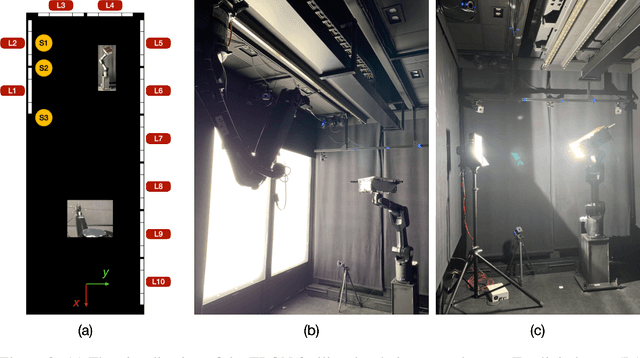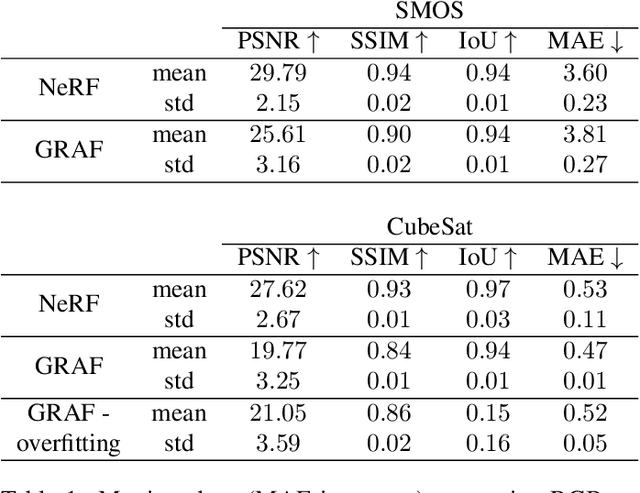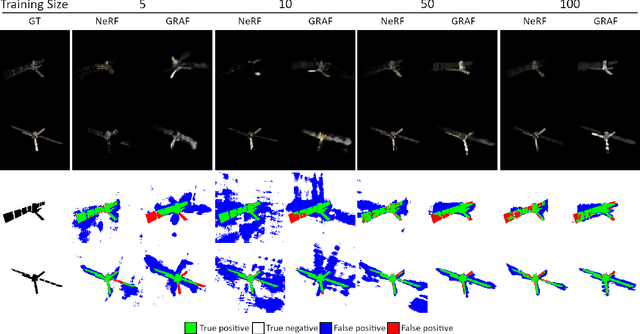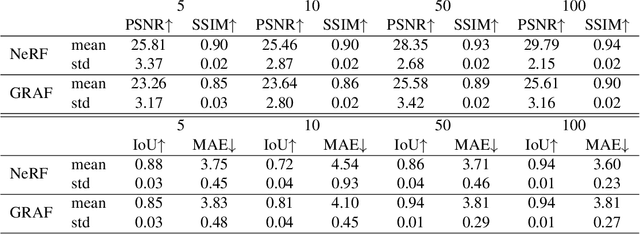Gurvan Lecuyer
SPEED+: Next Generation Dataset for Spacecraft Pose Estimation across Domain Gap
Oct 06, 2021



Abstract:Autonomous vision-based spaceborne navigation is an enabling technology for future on-orbit servicing and space logistics missions. While computer vision in general has benefited from Machine Learning (ML), training and validating spaceborne ML models are extremely challenging due to the impracticality of acquiring a large-scale labeled dataset of images of the intended target in the space environment. Existing datasets, such as Spacecraft PosE Estimation Dataset (SPEED), have so far mostly relied on synthetic images for both training and validation, which are easy to mass-produce but fail to resemble the visual features and illumination variability inherent to the target spaceborne images. In order to bridge the gap between the current practices and the intended applications in future space missions, this paper introduces SPEED+: the next generation spacecraft pose estimation dataset with specific emphasis on domain gap. In addition to 60,000 synthetic images for training, SPEED+ includes 9,531 simulated images of a spacecraft mockup model captured from the Testbed for Rendezvous and Optical Navigation (TRON) facility. TRON is a first-of-a-kind robotic testbed capable of capturing an arbitrary number of target images with accurate and maximally diverse pose labels and high-fidelity spaceborne illumination conditions. SPEED+ will be used in the upcoming international Satellite Pose Estimation Challenge co-hosted with the Advanced Concepts Team of the European Space Agency to evaluate and compare the robustness of spaceborne ML models trained on synthetic images.
Vision-based Neural Scene Representations for Spacecraft
May 11, 2021



Abstract:In advanced mission concepts with high levels of autonomy, spacecraft need to internally model the pose and shape of nearby orbiting objects. Recent works in neural scene representations show promising results for inferring generic three-dimensional scenes from optical images. Neural Radiance Fields (NeRF) have shown success in rendering highly specular surfaces using a large number of images and their pose. More recently, Generative Radiance Fields (GRAF) achieved full volumetric reconstruction of a scene from unposed images only, thanks to the use of an adversarial framework to train a NeRF. In this paper, we compare and evaluate the potential of NeRF and GRAF to render novel views and extract the 3D shape of two different spacecraft, the Soil Moisture and Ocean Salinity satellite of ESA's Living Planet Programme and a generic cube sat. Considering the best performances of both models, we observe that NeRF has the ability to render more accurate images regarding the material specularity of the spacecraft and its pose. For its part, GRAF generates precise novel views with accurate details even when parts of the satellites are shadowed while having the significant advantage of not needing any information about the relative pose.
 Add to Chrome
Add to Chrome Add to Firefox
Add to Firefox Add to Edge
Add to Edge